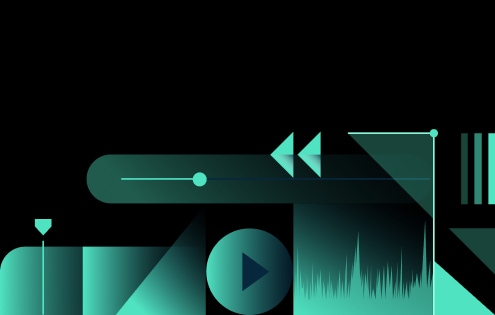In this article
Understanding Neural Filter
If you are new to video and image editing, you are probably a bit overwhelmed with the sheer number of things that you need to learn. There are so many techniques and terms that it can be hard to wrap your head around. Luckily, we have understood this issue and have found a way to solve it. We will post a series of texts that tackle video editing terminology so that you can have your very own video editing encyclopedia.
Today's topic is neural filters. Let's see what they are, how they work, and how to use them in your own video and image editing efforts.
Whenever you use an AI tool to snap a selfie with a funny filter, remove a background from a photo, or colorize old black-and-white photos, you are using a neural filter to achieve that effect.
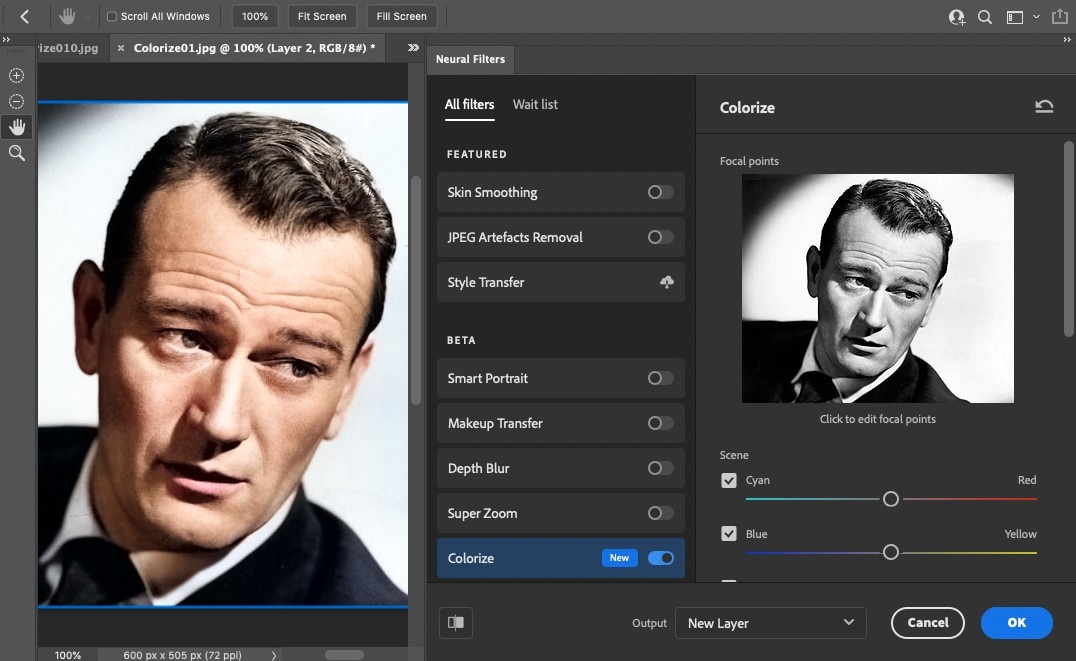
A neural filter is an AI-powered tool that can apply realistic edits to images and videos using deep learning models. These models were trained using huge datasets, and because of that, this type of AI tool has become very versatile. You can use it for facial retouching, changing your age, changing the style of the image, changing the background, and all this with a few clicks.
It works much better for images than it does for videos, but it's getting there. Let's check the technical side and see what makes them work.
Although it is very easy to use and might seem simple on the surface, this technology is very difficult to develop. Let's examine what it takes to make AI-generated animated videos work.
Let's Break Down the Technical Side of Neural Filters
Neural filters are complex algorithms that require a lot of blood, sweat, and tears to create. Let's examine this technology in detail.
Almost all neural filters, similar to those in Photoshop, use Generative Adversarial and Convolutional Neural Networks (GANs and CNNs) to analyze edges, textures, and facial features and replace them with different artistic styles while preserving the structure. To that end, they use Style Transfer Models that can convert images based on different artistic styles, from the Renaissance to the Modern era.
Neural filters are complex systems, and researchers have made several innovations while working on them. Here are the most important ones.
- Users can achieve complex editing tasks with a push of a single button.
- Style transfers are realistic, and this has improved the Blending feature in editing software.
- The changes are non-destructive, and you can always revert to the original.
Neural filters are currently mostly used in photo editing and manipulation. The most popular neural filters are found in Photoshop, but they are also present in one form or another in every reputable image editing tool. Current Neural Filter AI models already have huge datasets they can use to train and improve, and they are slowly but surely becoming a must-have tool in any app that promotes AI image editing.
The first part of this guide focused on the theory behind neural filters. Let's examine the other side and review some practical applications.
When and Where to Use Neural Filters
Let's review some real-world applications, some challenges and limitations, and a look into the future of neural filters in Photoshop and other tools.
Real-World Applications for Neural Filters
Here are three instances where neural filters can help a lot.
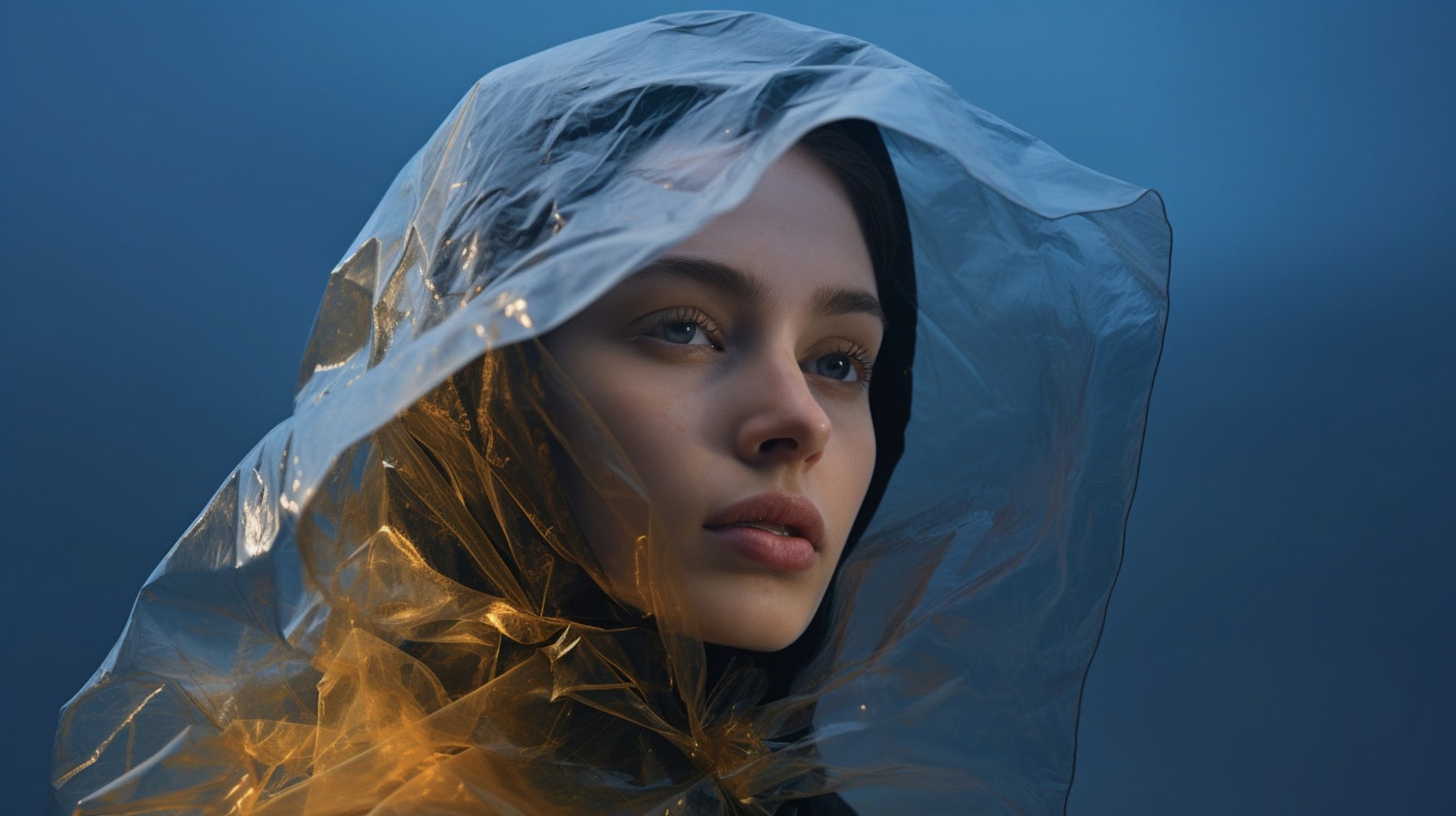

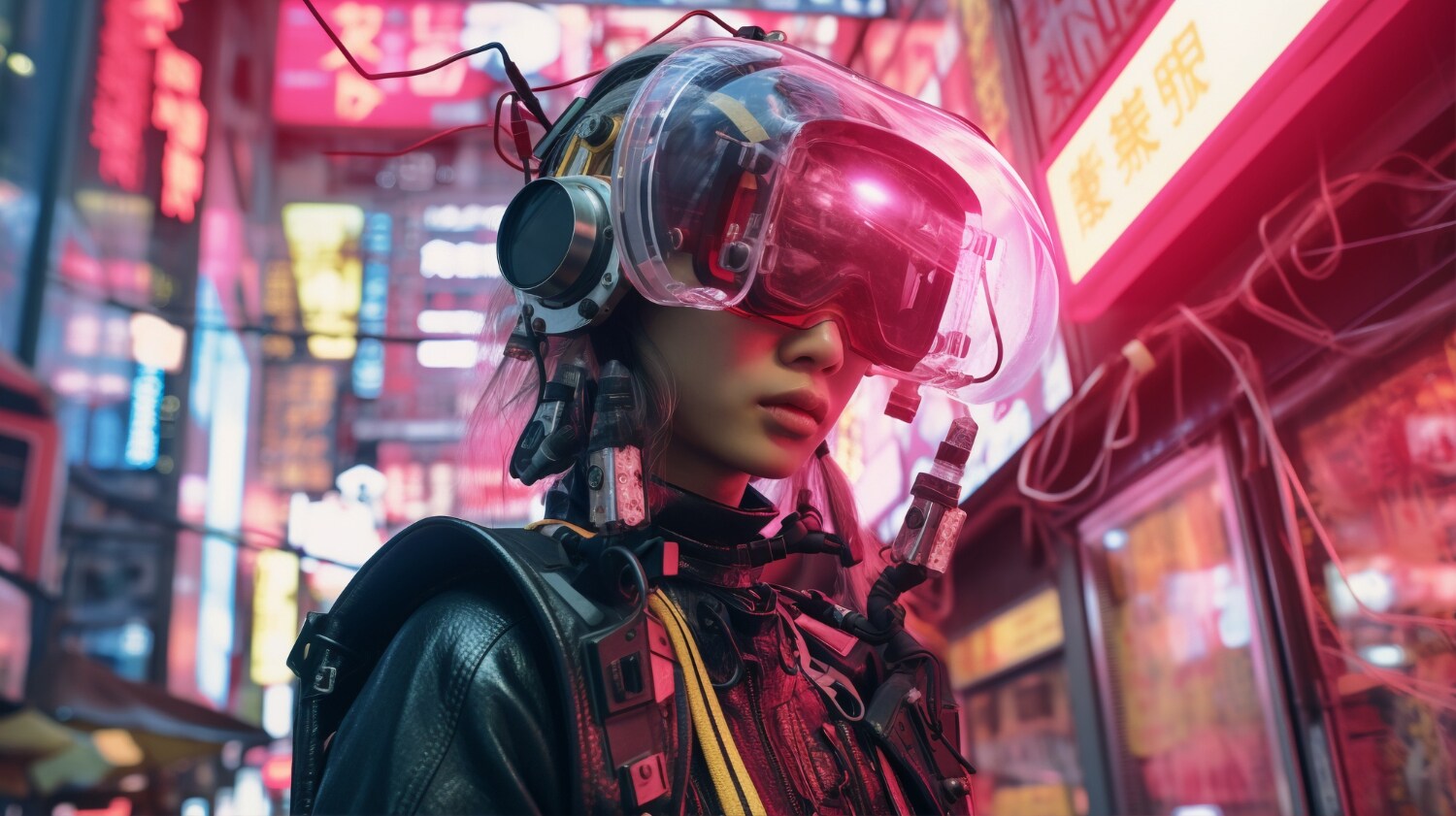
Of course, this technology is still improving, so there are a few things we can note that are not perfect.
What Are the Limitations And Challenges of Neural Filters?
All developing technologies encounter issues. That's how developers learn what's wrong, and they can use the information to work on and resolve the issue. Here are the three most common problems with neural filters.
All these issues are normal, and the future will show when and how they will be overcome.
What is the Future of Photoshop Neural Filters?
Neural filters will be used in video content in the future. A video is simply a long series of images, so if neural filters work on images, they will eventually work flawlessly in videos as well. They are even currently used for this type of task, but they are far from achieving their full potential. Also, we can expect that they will become faster and more accurate.
That's it for neural filters in the real world today and in the future. Now, let's hop onto the most exciting part. Check out our easy neural filter practical tutorial.
How to Use Neural Filters?
If you are yet to pick a video and image editing tool, you cannot go wrong with Filmora. This powerful tool is packed with easy image, audio, and video editing features, offering a smooth editing experience, dozens of helpful AI tools, thousands of creative assets, and a well-designed, seamless interface.
Filmora uses neural filters in several AI tools, but the best way to see them in action is to try Filmora's AI Image Stylizer feature. You can pick from several styles that are drastically different from one another. That's the best thing about Filmora. Whichever feature you discover, you will realise that there are so many customization options and templates that the only logical conclusion would be that Filmora is a top choice.
Let's see how it works.
A Step-by-Step Guide to Using Filmora's AI Image Stylizer in Filmora
Follow the steps below to use Filmora's AI Image Stylizer to transform a photo into something cute, fantastical, or even scary.
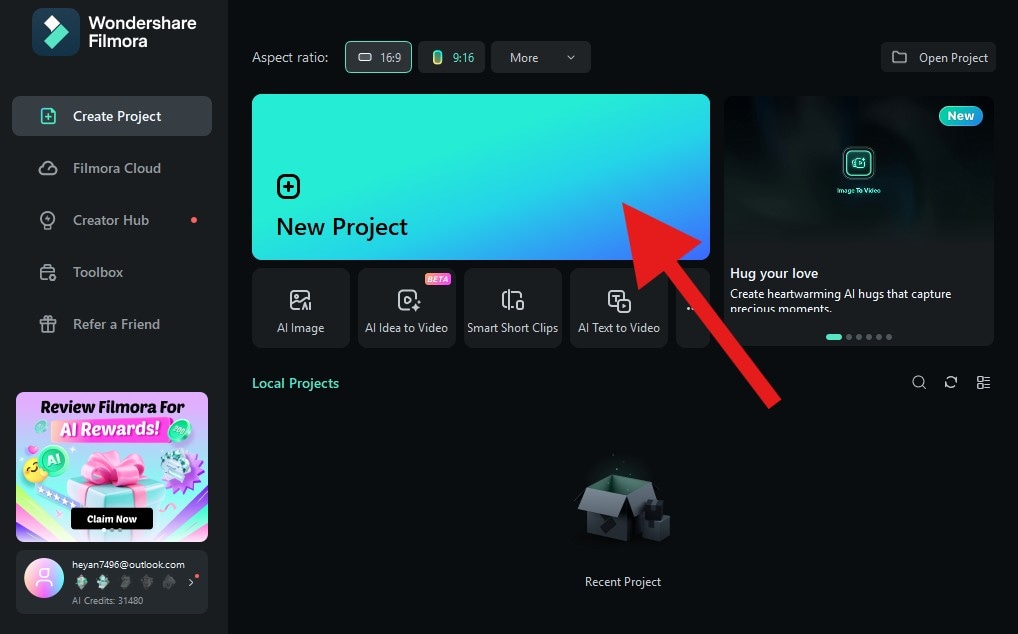
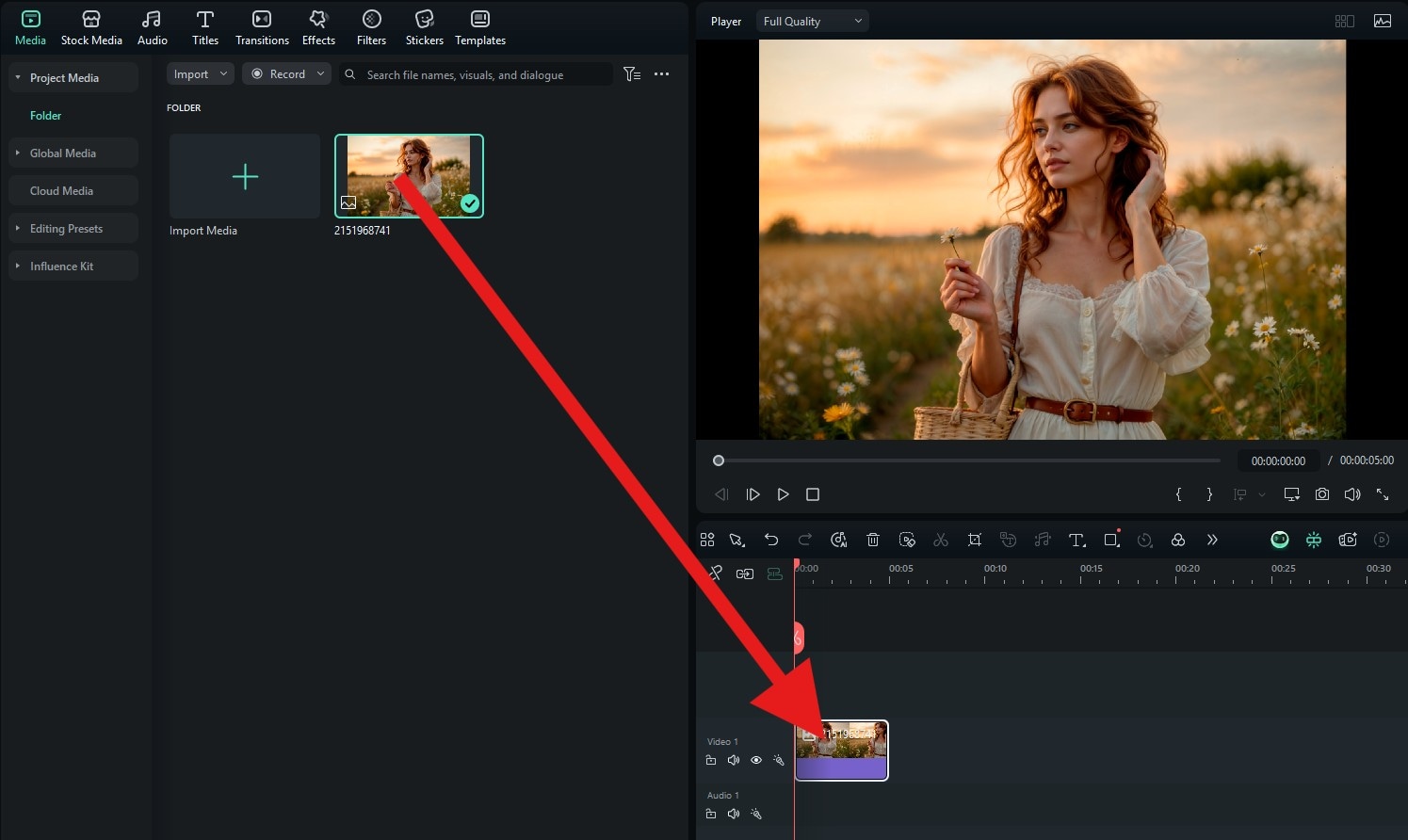
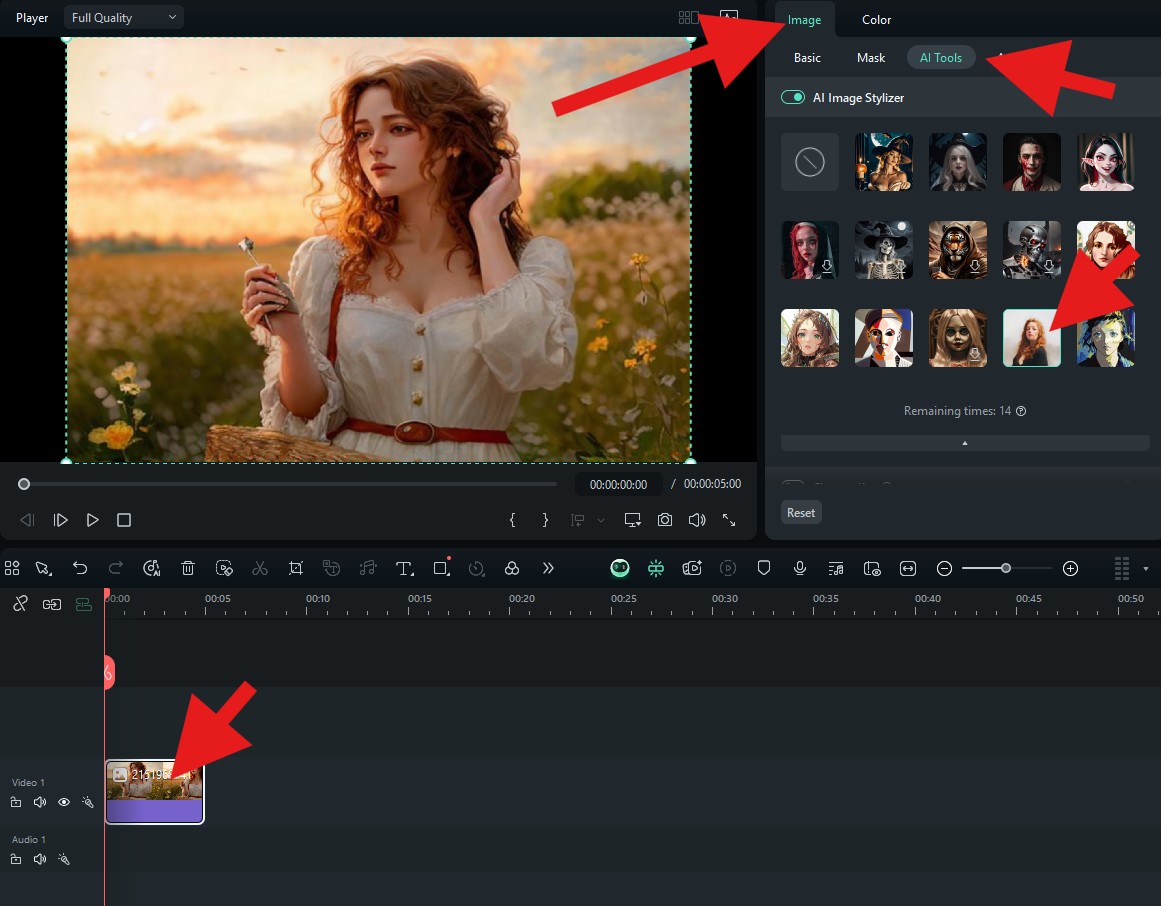
Take a look at this comparison photo to fully see how beautiful the new image is.
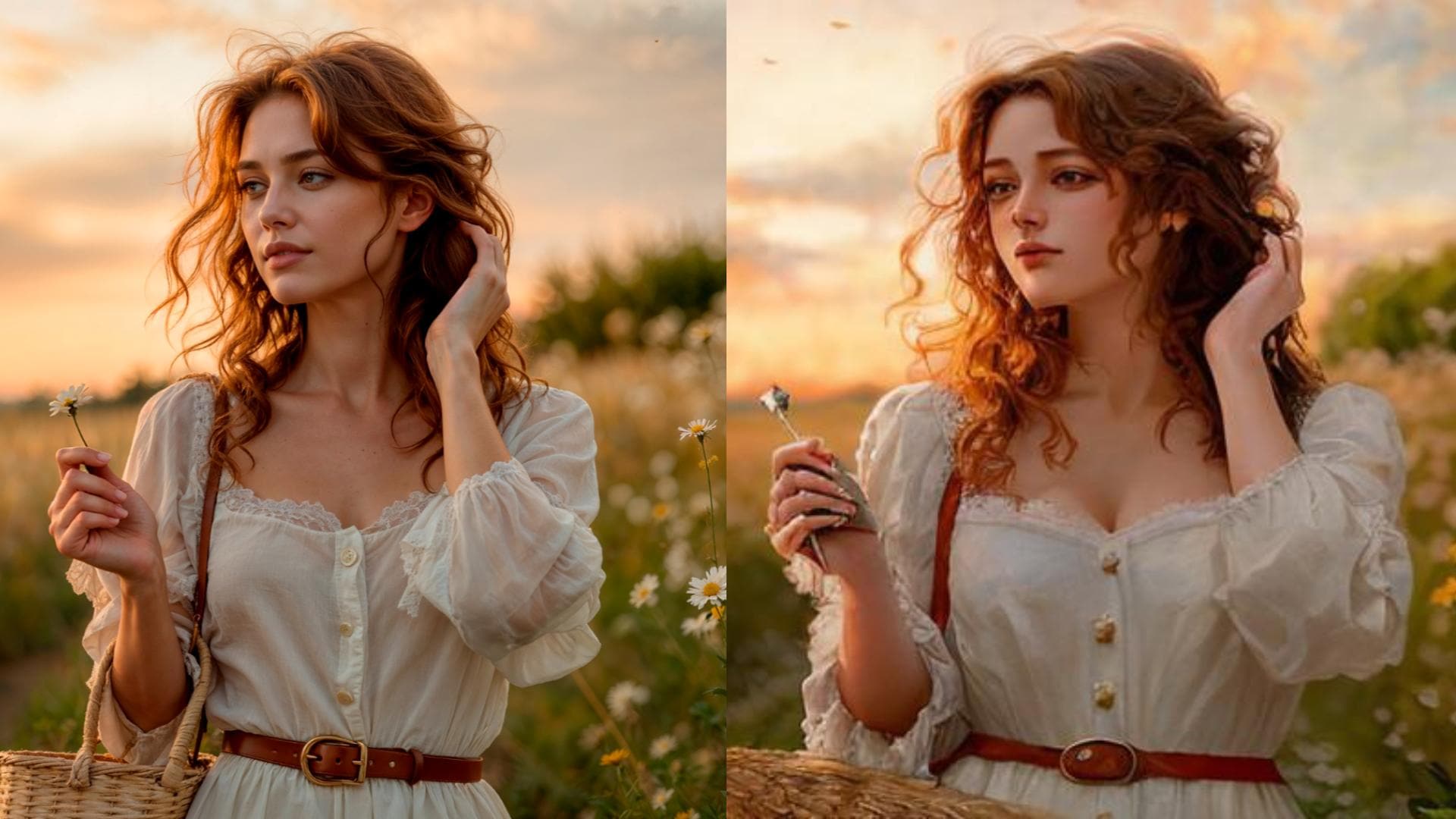
The new image really looks like it was painted by a Renaissance artist, which is very exciting. And, if you thought that the excitement stops there, you would be wrong. We can introduce many more creative AI features that you can use in Filmora.
Filmora Has a Lot More AI Features
Follow this guide to use the AI Idea to Video feature in Filmora.
We have only just scratched the surface of what Filmora can do in this neural filter explainer article. Download Filmora today and see how easy it is to become a video and image editor when you have such an easy tool by your side.


